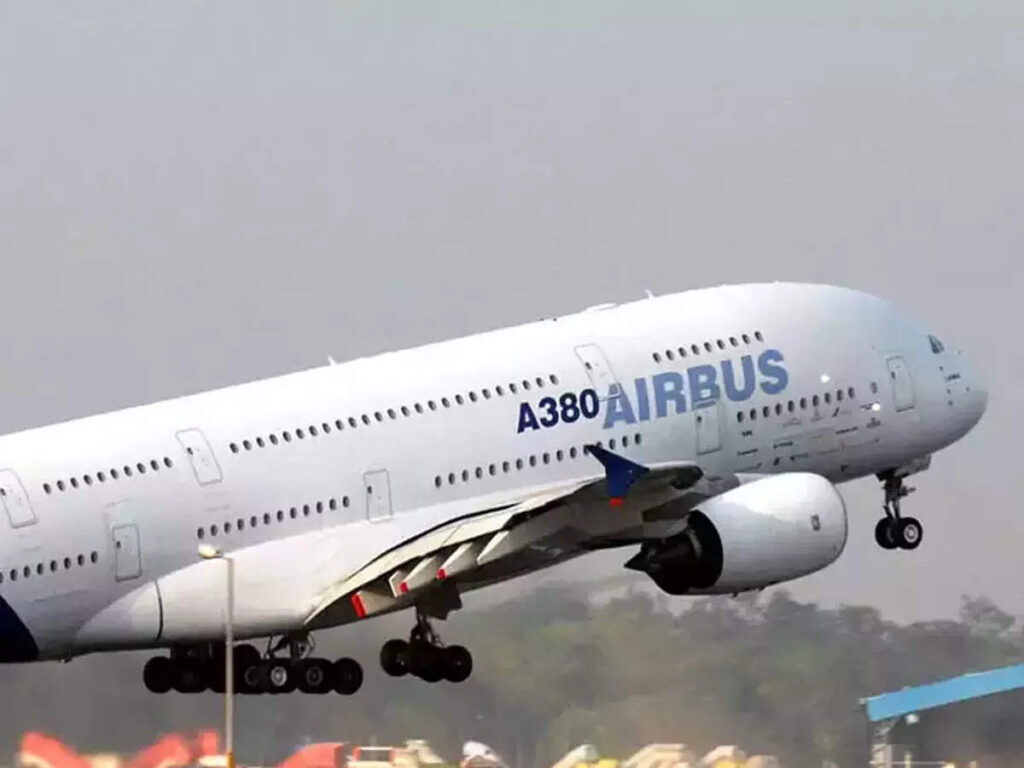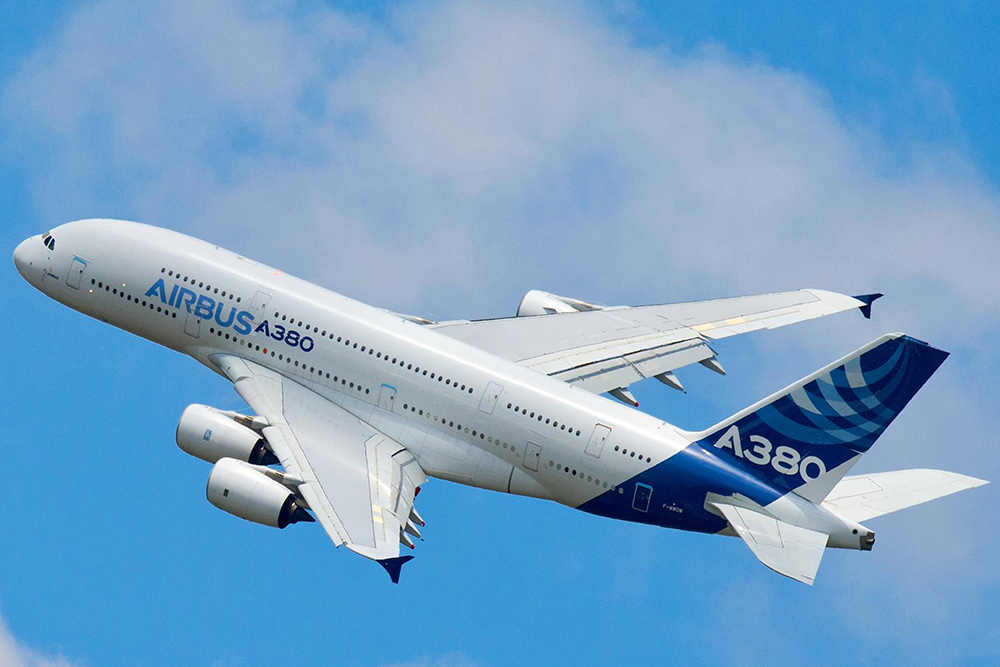The in-flight autonomous guidance and control of a drone using an A310 MRTT has been accomplished by Airbus Defence and Space and the company’s wholly-owned subsidiary, Airbus UpNext.
The technologies represent a significant advancement for future aerial operations involving manned and unmanned assets as a first step towards autonomous formation flight and autonomous air-to-air refuelling (A4R).
Jean Brice Dumont, Head of Military Air Systems at Airbus Defence & Space
These innovative, “Made in Europe” solutions could improve operations, cut down on crew training expenses, and lessen worker weariness and the possibility of human mistake.

The development of autonomous and unmanned air-to-air refuelling technologies is made possible by the achievement of this initial flight-test campaign, according to Jean Brice Dumont, Head of Military Air Systems at Airbus Defence and Space.
Also, read
- Eindhoven Airport is closed down due to a bomb threat
- Karnataka Government: Break buildings taller than 45m near Jakkur airport
- VisitBritain and Indigo collaborate to promote tourism between the UK & India
“Even though we are still in the early stages, we have accomplished this in less than a year and are on the right track for manned-unmanned teaming and future air force operations where fighters and mission aircraft will fly alongside drone swarms,” the author writes.
The technologies, known as Auto’Mate, were installed on an A310 MRTT flying testbed that took off from Getafe, Spain, on March 21. They were also installed on a number of DT-25 target drones that were functioning as receiver aircraft and flying out of Arenosillo Test Centre (CEDEA) in Huelva, Spain.
As the DT-25 was being autonomously guided to the in-flight refuelling position over the seas of the Gulf of Cadiz, drone control switched from a ground station to the A310 MRTT.

The four receivers were progressively controlled and ordered during a nearly six-hour flight test without the assistance of any humans, due to artificial intelligence and cooperative control algorithms. Up to a minimum of 150 feet (about 45 metres) from the A310 MRTT, the various receivers were steered and controlled.
Auto’Mate Demonstrator technology focuses on three pillars:
- Accurate Relative Navigation to precisely ascertain the relative position, speed and attitudes between the tanker and the receiver;
- Intra-Flight Communication between platforms to allow information exchange among the different assets, increasing the autonomy of the system of systems;
- Cooperative Control Algorithms to provide guidance, coordination, consensus and collision-avoidance functionalities to the tanker and the receiver/s.
Future Combat Air System
These cutting-edge innovations, created by a European team of engineers from Spain, Germany, and France, will widen the capability gap between themselves and their rivals while also being reused in significant technology initiatives like the Future Combat Air System. (FCAS).
A second campaign, which will examine the use of artificial intelligence-based navigation sensors and improved algorithms for autonomous formation flight, is anticipated to begin near the end of 2023.

Two simulated drones will also be flying close to the A310 MRTT in order to show off multi-receiver autonomous operations and collision-avoidance algorithms.
Thank you
Stay updated with Aviationa2z.com

